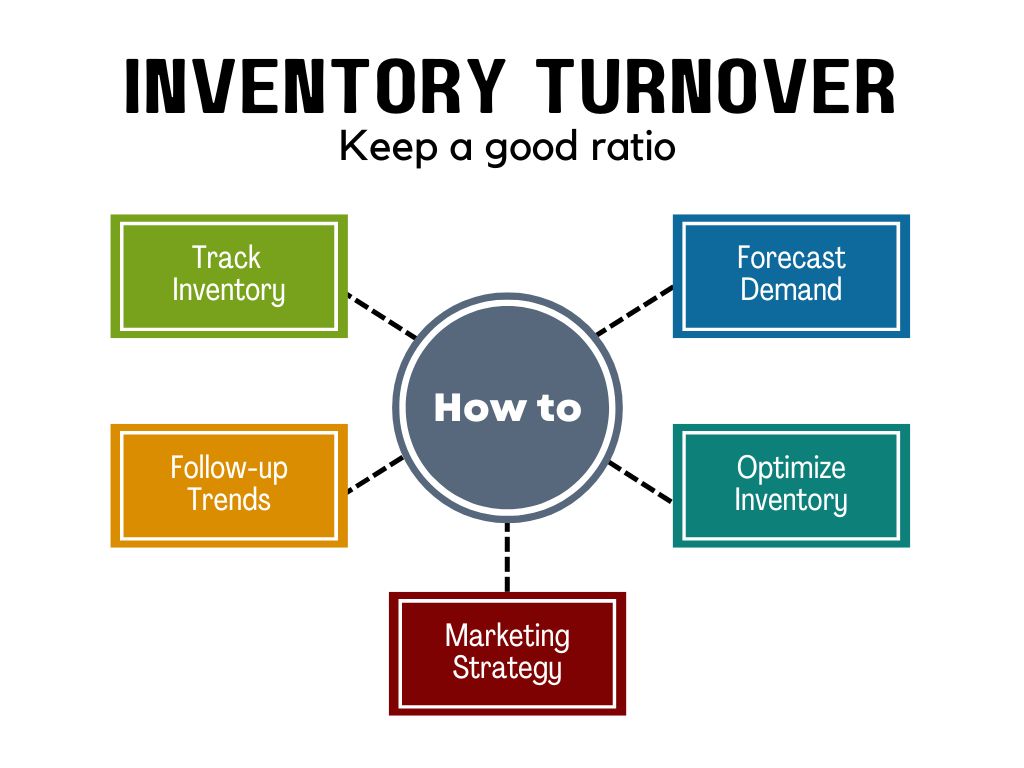
This data will allow you to better predict and understand customer trends, develop a better procurement strategy, identify stock that has become obsolete, and increase inventory turns. Inventory, sales, and profit have always had a more ways to get your tax refund at eztaxreturn com significant relationship for retailers. Optimizing your inventory turnover ratio starts with using the right formula for the job. Overstocking can be just as hurtful as understocking, as it’s bound to reflect on your balance sheet.
Optimized cash flow
An inventory average accounts for products that are poor and excellent sellers by showing the company’s overall sales as somewhere in the middle. Having more details on the sales of specific products helps the company make better decisions. When looking at industry ratios, companies must compare themselves to businesses that sell similar products. When using inventory turnover ratios, companies should decide which standard they want to achieve. Many companies prefer an inventory turnover ratio higher than the industry standard.
Inventory Turnover Ratio: Definition, Formula & What It Means
Effectively managing inventory turnover can affect a company’s cash flow and overall financial health. Decision-makers know that having the right tools in place that provide insight into stock and distribution can help them better manage inventory and how they meet demand. NetSuite offers a suite of native tools for tracking inventory in multiple locations, determining reorder points and managing safety stock and cycle counts. Find the right balance between demand and supply across the entire organisation with the demand planning and distribution requirements planning features. These ratios are not a specific guideline, but they provide information to help companies understand what they can achieve to be competitive in the marketplace. Low inventory turnover rates typically show that a business has deficiencies somewhere in its stocking, sales or marketing efforts.
Slow-Moving Materials
That gives you foresight into the amount of inventory you need to order months ahead of time to be ready for strong sales. Inventory turnover is a financial metric that measures your efficiency in managing and selling stock. High turnover signifies rapid sales, while low turnover may indicate weak performance or overstocking.
What if Inventory Turnover Ratio is 5 Times?
- A high turnover ratio usually indicates strong sales and low holding costs, for example, while a low ratio might mean your business is stocking too much inventory or not selling enough.
- According to recent industry research, businesses that closely monitor their inventory turnover can reduce holding costs by up to 30% while improving cash flow and responsiveness to market demands.
- A low turnover ratio, on the other hand, may signal weak sales or overstocking, leading to potential losses from unsold inventory.
- Such discrepancies can adversely affect your profit margin and should be corrected promptly.
They can use the current inventory ratio or acid-test ratio calculations. The acid-test disregards a company’s harder to sell assets, most of which will be inventory, and uses the balance sheet data instead. If this ratio is less than 1.0, accountants consider this business illiquid.

Formula
Madis is an experienced content writer and translator with a deep interest in manufacturing and inventory management. Combining scientific literature with his easily digestible writing style, he shares his industry-findings by creating educational articles for manufacturing novices and experts alike. This helps you identify which lines are moving slowly and not providing high returns, so you can improve forecasting. Even though buildings and equipment have a higher dollar value, inventory is your most important asset. One way to measure the performance of your retail business is inventory turnover. If your inventory turnover is low, your stock might be spending too much time sitting on your shelves, not being sold.
However, if your inventory does not fluctuate a lot, use the ending inventory instead. If you’re using QuickBooks, you can check out our guide on how to create a balance sheet in QuickBooks Online. Small-business owners should consider their product type and which inventory turnover ratio range is considered normal for their industry. Comparing your ITR to industry averages is a powerful way for businesses to gauge their competitive position. This comparison helps companies see how they stack up against their peers, pinpointing strengths and identifying areas where they can improve their inventory management. This kind of insight is invaluable for staying competitive and fine-tuning operations.
The speed with which a company can turn over inventory is a critical measure of business performance. Retailers that turn inventory into sales faster tend to outperform comparable competitors. They should set goals around what they have achieved and want to achieve, based on planned improvements. They can set up and use flash reports or dashboards that provide a snapshot of their current metrics.
Pharmacies often use automated reorder points for medications to prevent stockouts on essential items, achieving higher turnover and improving customer satisfaction. A high turnover rate suggests strong sales or efficient inventory management, while a low rate can indicate excess stock, weak sales, or ineffective procurement strategies. The average business holds $142,000 worth of inventory above what’s required to meet demand, tying up capital that could be used elsewhere. That’s why inventory turnover is a fundamental metric in retail, manufacturing, and any sector reliant on inventory. Understanding inventory turnover can be the difference between streamlined operations and costly overstock or stockouts.
